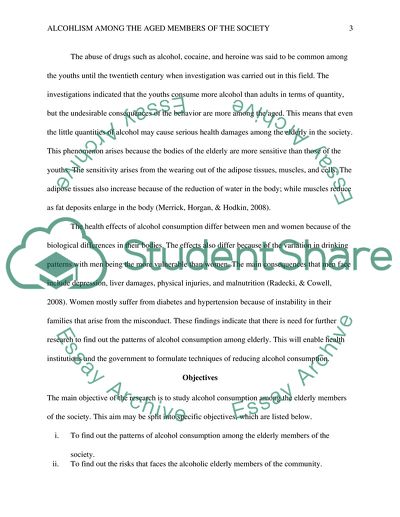Cite this document
(“Alcoholism with aging Essay Example | Topics and Well Written Essays - 1500 words”, n.d.)
Alcoholism with aging Essay Example | Topics and Well Written Essays - 1500 words. Retrieved from https://studentshare.org/miscellaneous/1623938-alcoholism-with-aging
Alcoholism with aging Essay Example | Topics and Well Written Essays - 1500 words. Retrieved from https://studentshare.org/miscellaneous/1623938-alcoholism-with-aging
(Alcoholism With Aging Essay Example | Topics and Well Written Essays - 1500 Words)
Alcoholism With Aging Essay Example | Topics and Well Written Essays - 1500 Words. https://studentshare.org/miscellaneous/1623938-alcoholism-with-aging.
Alcoholism With Aging Essay Example | Topics and Well Written Essays - 1500 Words. https://studentshare.org/miscellaneous/1623938-alcoholism-with-aging.
“Alcoholism With Aging Essay Example | Topics and Well Written Essays - 1500 Words”, n.d. https://studentshare.org/miscellaneous/1623938-alcoholism-with-aging.


